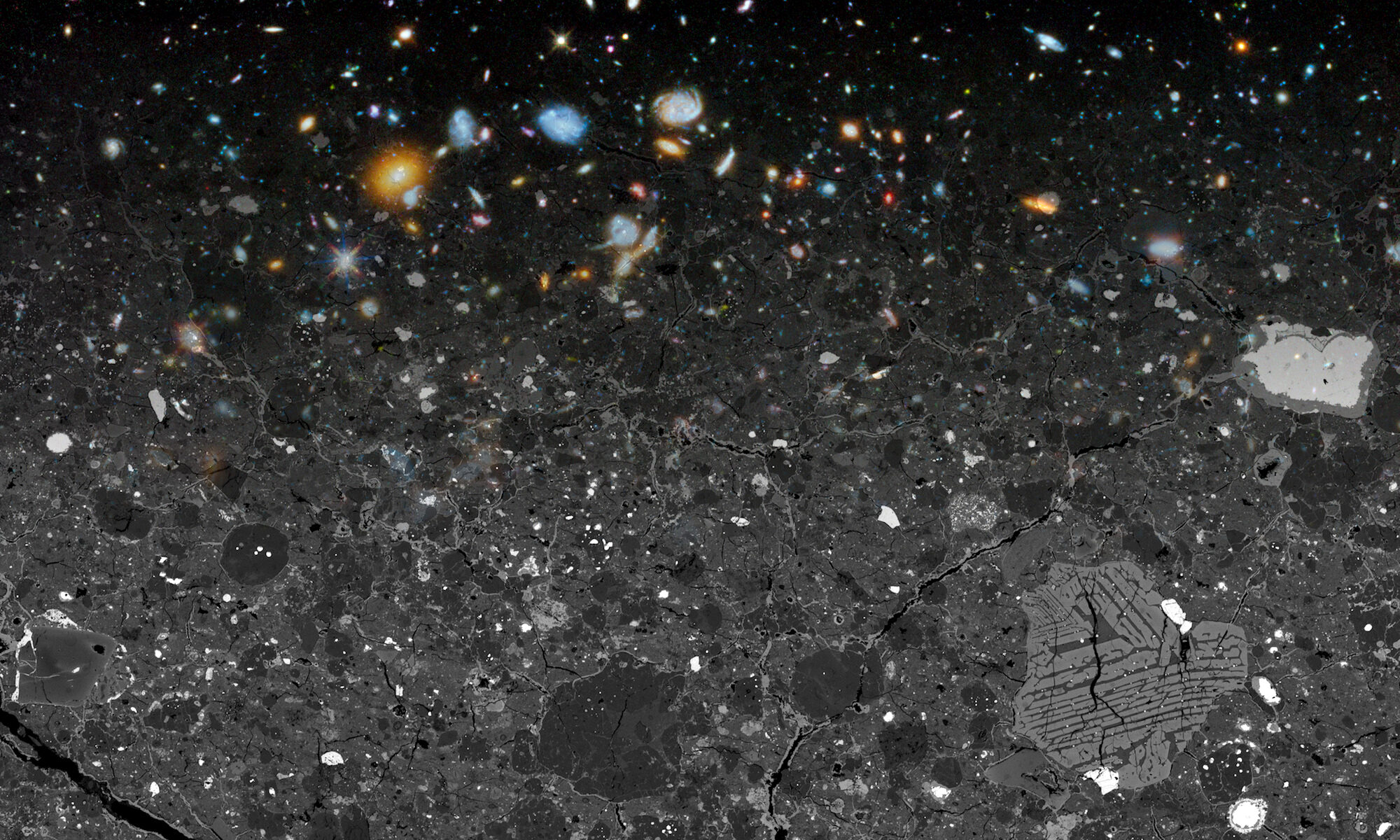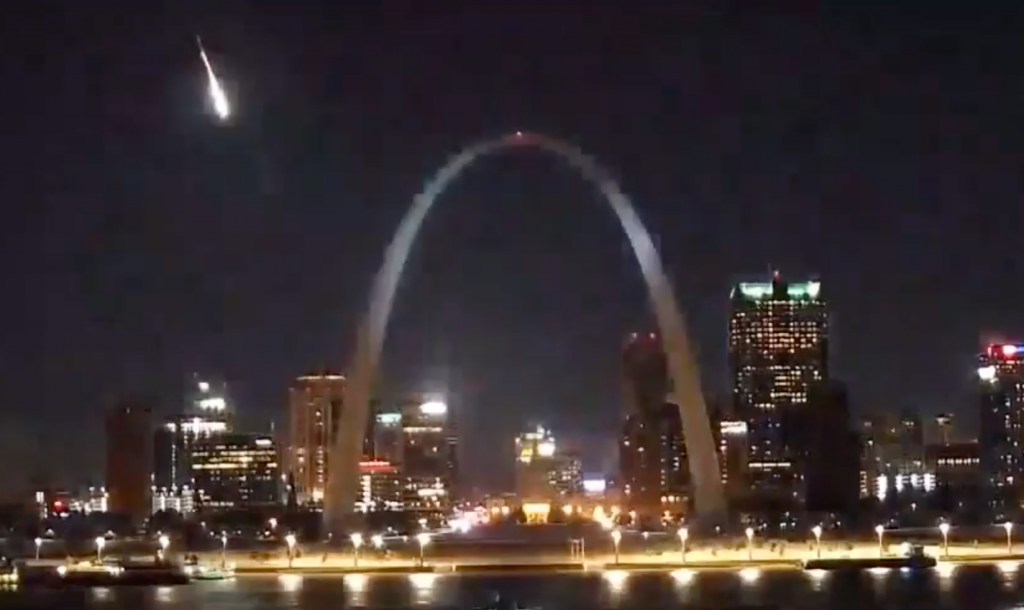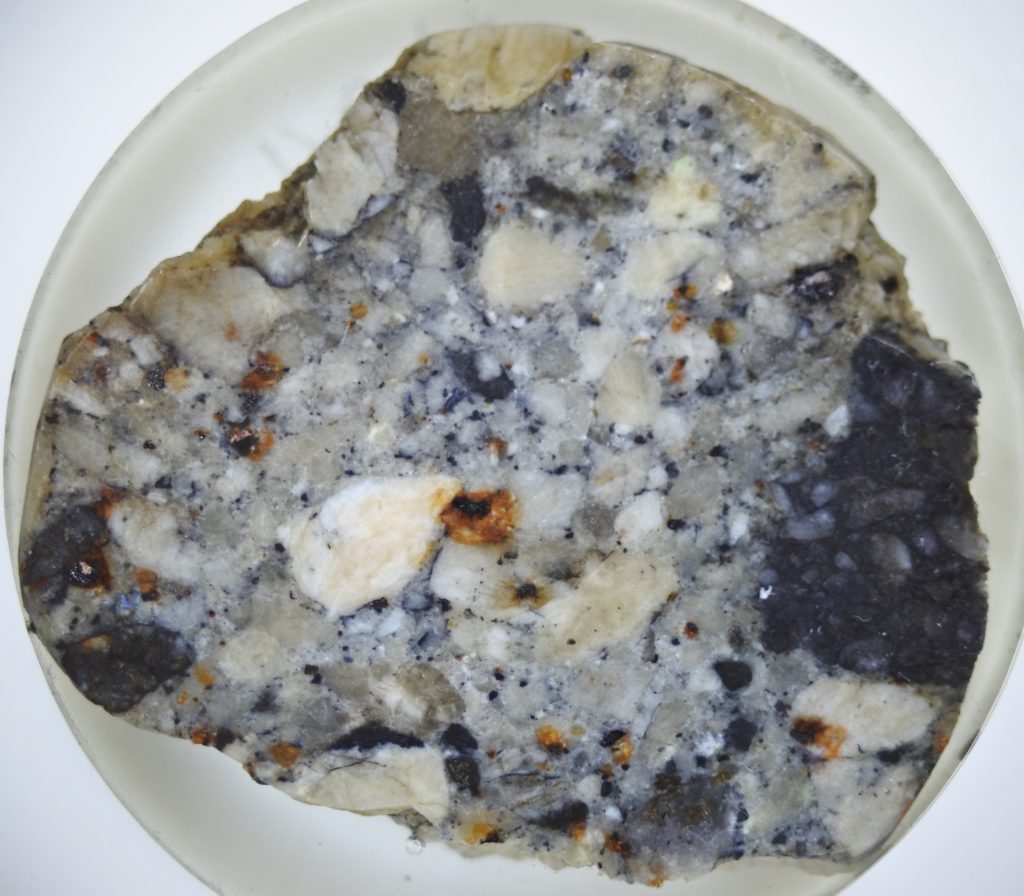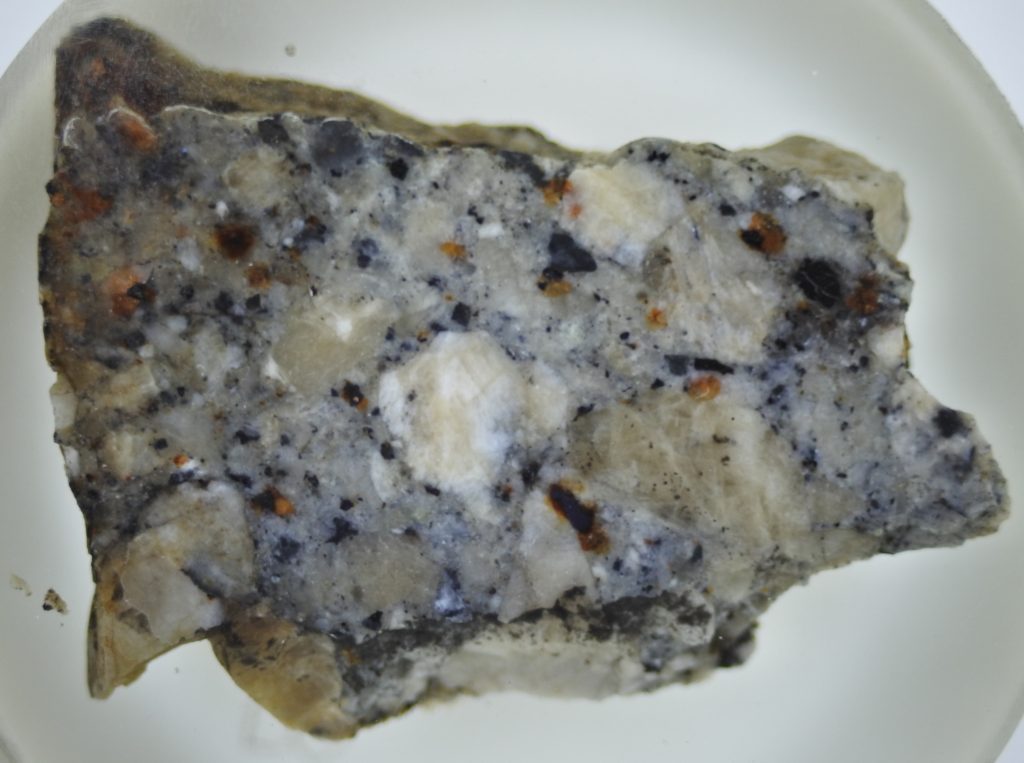It’s been a very exciting week around here! The news roundup…
Scientists think there may be meteorites in this Missouri pasture. The hunt is on.
Researchers comb Warren County ranch in search of ping pong ball-sized meteorite.

“Where the telescope ends, the microscope begins. Which of the two has the grander view?”
It’s been a very exciting week around here! The news roundup…
Scientists think there may be meteorites in this Missouri pasture. The hunt is on.
Researchers comb Warren County ranch in search of ping pong ball-sized meteorite.
Fantastic fireball over St. Louis last night. I think this will be our new lab logo:

New results from an old spacecraft, revealing fascinating complexities at the boundary between the heliosphere and interstellar space. This is work from my PhD advisor and colleagues. These boundaries between our local space environment and the larger Galaxy have always interested me.
We’re very excited to welcome Jeff Gillis-Davis to our research group! Jeff will add new dimensions to our study of the formation and evolution of the Solar System.
We’ve just returned from the Presolar Grain Workshop, held at U. Chicago this year. It was a fantastic weekend — I learned a lot, developed some exciting new ideas for research projects, and made new friends. A highlight was our dinner *inside* the Field Museum, a tour of the U Chicago CHILI lab, and seeing some great meteorites up close (including a ~200 kg pallasite and a beautiful lunar meteorite).
Rocks from Space by O. Richard Norton is one of my favorite books, a well-written introduction to meteorites. Nate Conway wrote a very nice summary which I have posted here.
These might be the most beautiful rock samples I’ve had the pleasure of studying: Cumberland Falls (aubrite), expertly prepared in thick section by Laurence Garvie at Arizona State University.


Wash U made this cool video which features our lab in celebration of the 50th anniversary of Apollo 11.
Six members of our lab presented work at the 82nd Annual Meeting of the Meteoritical Society in Sapporo, Japan. It was a most fantastic conference. Our St. Louis group presented some very exciting results. Now it’s back to work for the rest of the summer!
Yesterday Brendan successfully defended his Ph.D. The title of his dissertation was “Correlated SEM, FIB, and TEM studies of Material Collected by the NASA Stardust Spacecraft”. He talked about all the cool science he’s done while studying some of the most challenging and important extraterrestrial materials in our collection. Congratulations Brendan!